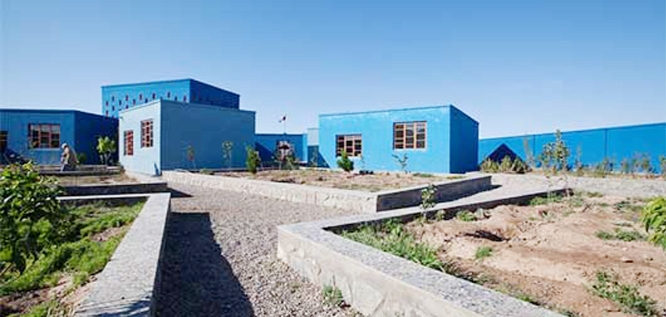
Al Jazeera :
When the Taliban took over Kabul in August, like millions of other Afghans, it came as a shock to me. Within the first days of their rule, the office of Daily Outlook Afghanistan newspaper, where I worked as a journalist, was closed and a number of my colleagues decided to leave the country immediately.
One of them, Alireza Ahmadi, whom I had worked with for four years, lost his life trying to do so. On August 26, he went to Kabul airport to get on an Italian military flight to Rome, but fell victim to a suicide bomber of the Islamic State in Khorasan Province, ISKP (ISIS-K) who blew himself up in a crowd of Afghans waiting to be evacuated.
When I learned of his death on social media, I went numb and burst into tears. His death made me lose my peace of mind. I kept imagining the same fate for myself.
In the following months, I continued trying to find a job in the hope of remaining in my homeland. I did some reporting for foreign media but failed to find a permanent job. Working as a journalist was never safe in Afghanistan but under the Taliban, it became extremely difficult. Media outlets were shut down one after the other; journalists were beaten up and tortured; and the freedom we used to have to go out and report was clearly gone.
Unemployment and lack of security made me think of leaving the country and Iran seemed like the only immediate option I had.
On January 25, two friends and I set off to travel to the Iranian border. The plan was to apply for a master’s degree in a third country, such as Turkey or Germany, and then tried to get a visa from their consulates in Iran. If that did not work, we planned to look for an informal job in Iran.
And so we joined the mass exodus of Afghans, who, driven by job loss and starvation, have been leaving the country en masse. When we reached Islam Qala border crossing, there were hundreds of people trying to cross the border. Men, women and children were standing in long queues with heavy suitcases, waiting to have their passports stamped and luggage scanned.
Afghans crossing the borders has turned into a lucrative source of income for Iran, as getting a visa costs between $87 and $130. It is issued for a maximum of three months and to renew it, one has to pay again. Afghans also have to get a COVID-19 test in order to be allowed to cross, which costs about $10.
We were lucky that day: it took us five hours to pass through border security and passport control; we had heard that the process can take up to two days, depending on how crowded the border crossing gets.
Once we were on Iranian territory, we travelled to the city of Mashhad. On our first day there, we visited the Shrine of Imam Reza, a holy place for Shia people, and had breakfast in a nearby restaurant. As we were getting up to leave, an Iranian man, a customer of the restaurant, said, “Oh, thank God you did not carry out a suicide attack!”
I could not believe my ears. It was painful to hear such acrimonious words from a fellow Muslim.
In the following days, I heard a lot of stories from other Afghans about how they had been treated with disrespect. There seems to be little recognition that Iran, too, has been involved in Afghanistan’s conflict in some ways and is not just a passive host of Afghan refugees.
Currently, there are some 3.6 million Afghans in Iran, but just 780,000 have received refugee status. The vast majority of them live in poverty and struggle to survive, earning the bare minimum through backbreaking labour. Among them are many educated Afghans who taught at universities, worked for NGOs or the state bureaucracy.
I am one of them.

